
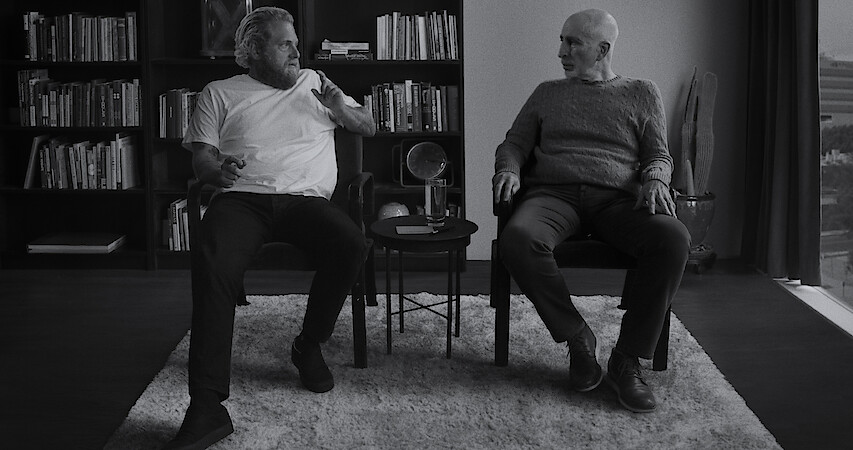




“Why are you here?” That’s the first question psychotherapist Phil Stutz asks every single one of his patients, including Jonah Hill, whose new documentary focuses on the therapist he says changed his life. Unlike many therapists whose primary approach is to sit back and listen, Stutz prefers to take a more active role in the process: He says his goal is to find out what his patients truly want and give them tangible steps to get there. As seen in the film, Stutz’s methods are strangely beautiful, plain but powerful and have a tendency to be unforgettable — the mental health equivalent of an earworm you can’t quite shake.
So what are the Tools? Conceptually, Stutz describes each of them as a simple step, an action or a bit of forward motion. They can change your inner state almost immediately, according to Stutz, taking unpleasant experiences and thoughts and transforming them into opportunities. Stutz says his Tools “turn problems [in]to possibilities,” and give people the propulsive feeling that they can make big changes. In practice, the Tools are visualization exercises. In Stutz, each Tool is accompanied by cards with hand-drawn illustrations that, according to Stutz, render even the biggest, most complicated concepts into something manageable.
Hill explains that the purpose of making a documentary about his therapist was not only to tell Stutz’s incredible life story, but also to bring the Tools and their learnings to anyone watching at home. Below, you can revisit the Tools on your own time, at your own pace. As Stutz himself says, anyone can use the Tools — but how you use them is up to you.




Aspects of Reality
In order to understand how the Tools can be used, Stutz says you need to understand the three Aspects of Reality that no one — really, no one — can avoid. Those three aspects are Pain, Uncertainty and Constant Work. According to Stutz, the process starts here.

Life Force
Along with the Aspects of Reality, Stutz says it’s fundamental that everyone knows what makes people feel more alive. In Stutz’s Life Force model, there are three levels to what make you, you: The bottom, most primal level is your relationship with your physical body, the second level is your relationship with other people and at the top of the pyramid is your relationship with yourself. Stutz says that if you’re lost, depressed or feeling stuck, it’s important to work on your Life Force first — take care of your body, take care of your people, take care of yourself. Once you do, figuring out how to move forward becomes much, much easier.
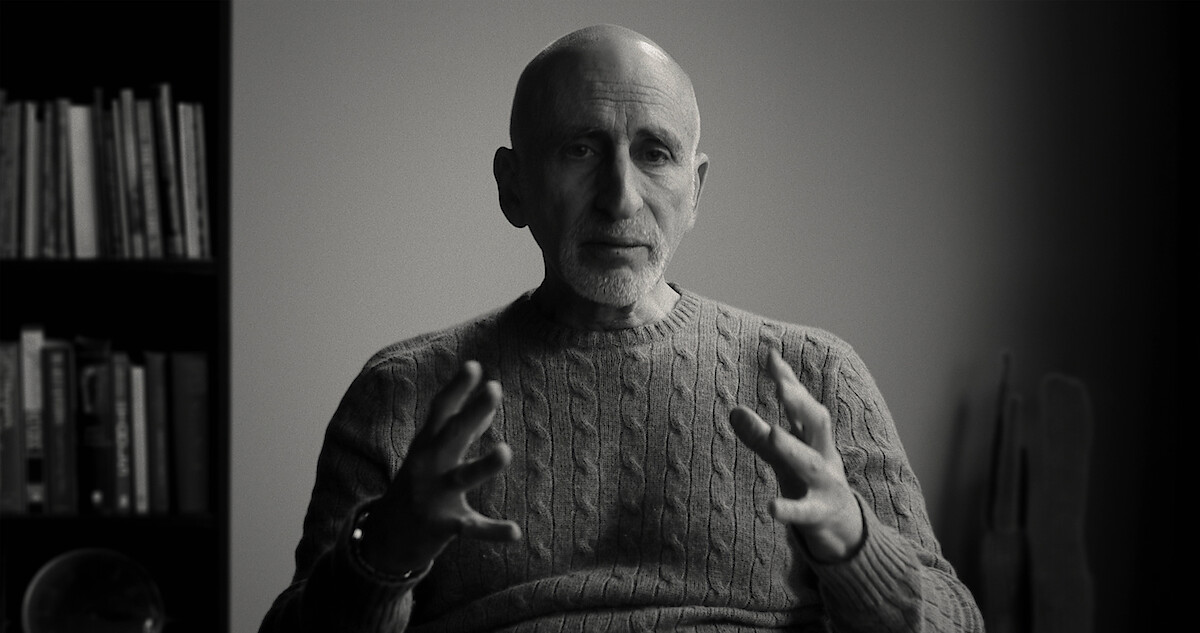
Part X
Even if you’ve embraced the Aspects of Reality and are getting better at working on your Life Force, it doesn’t mean the work is easy, especially when judgment, adversity and punishing circumstances can trigger a darker side of your psyche to appear. Stutz calls this darkness Part X, and describes it as “an invisible force that keeps you from changing.” Imagine Part X as the villain on the journey of your evolution as a human. What does your Part X say to you?
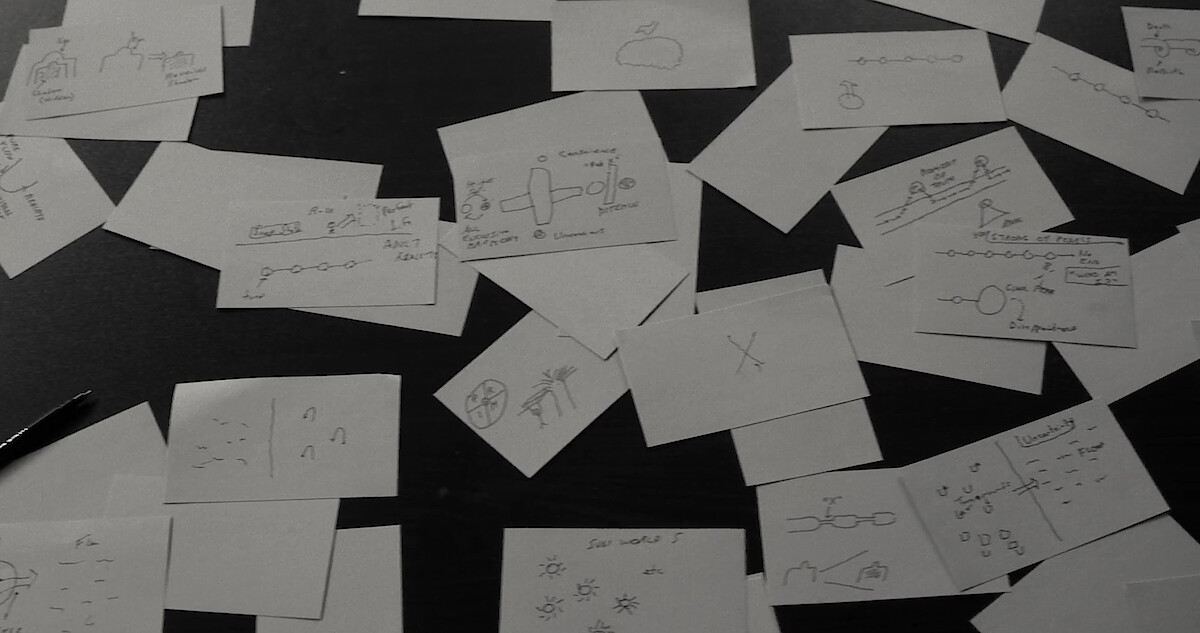
Once you understand and embrace the unavoidable Aspects of Reality, your Life Force and your Part X, it’s time to dig into the Tools.
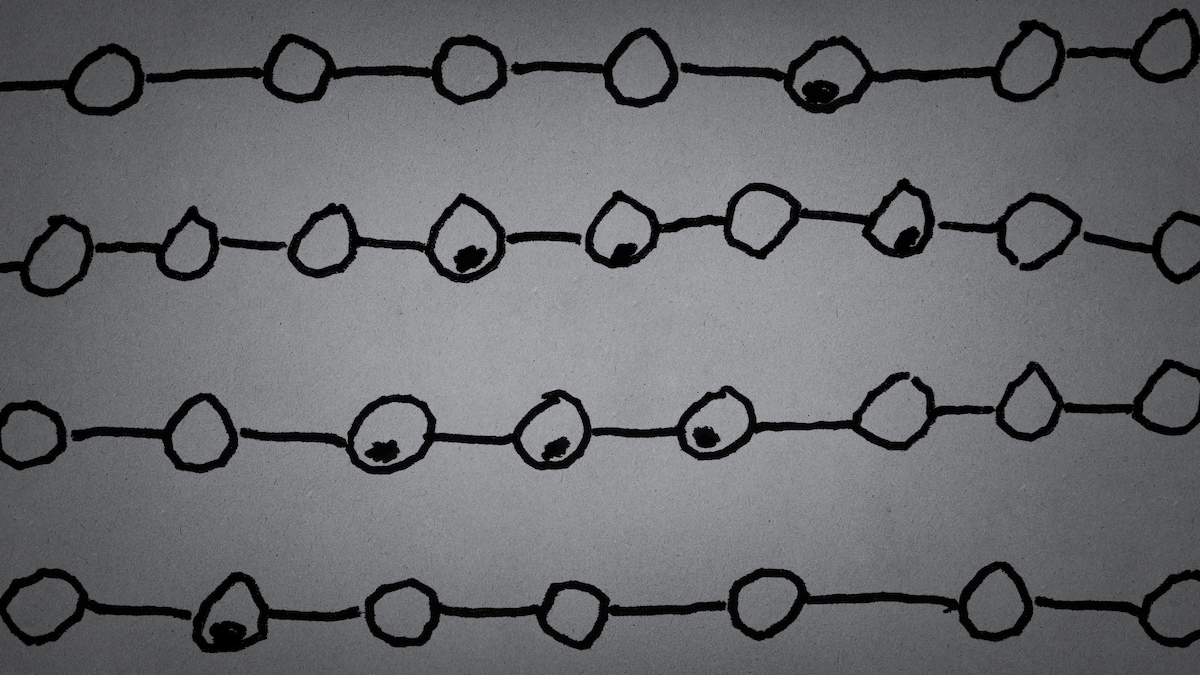
String of Pearls
In Stutz’s illustration, each circle or “pearl” is an action — and, since each pearl is a similar size, you can think of each action having the same value, no matter what it is. This means that every large or small action in your life (brushing your teeth, deciding to end a relationship) is just that: a thing to do. You are the only person who can put the next pearl on the string. But, within each pearl is a dark spot (Stutz calls it a “turd”), which is a reminder that no effort you make will be perfect. The key is to acknowledge that and keep adding to the string anyway.

The Shadow
According to Stutz, the Shadow is the part of yourself you’re ashamed of — the part of you that you wish didn’t exist. Stutz says to talk to your Shadow, ask it how it feels about you and ask it how it feels to be denied or avoided. In order to work with the Shadow, Stutz says you have to be able to visualize it, honor it and engage with it. The Shadow and Part X aren’t quite the same: Think of Part X as your doubts and deepest fears, and the Shadow as the by-product of believing whatever Part X tells you.
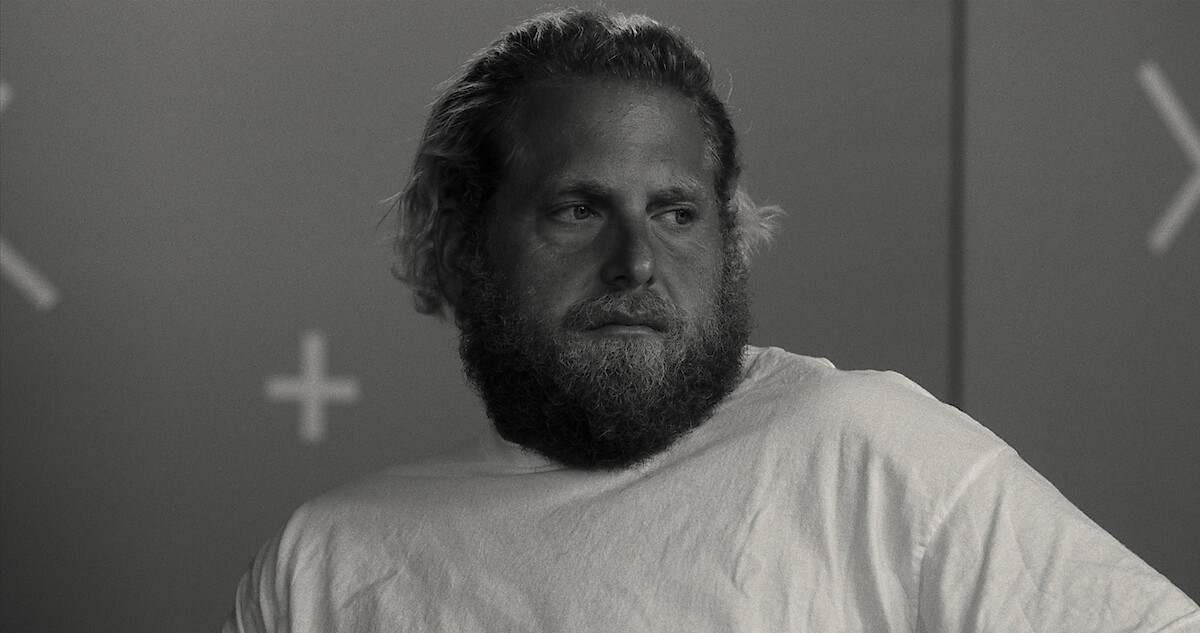
The Snapshot / The Realm of Illusion
Most people are on a constant hunt for the perfect experience: the perfect partner, the perfect amount of money, the perfect level of success. Stutz says that thinking of life in this way resembles a snapshot, or a frozen moment that has no movement, dynamism or depth. Though people think the perfect life exists within that snapshot, it doesn’t mesh with Stutz’s Aspects of Reality — and remember, those are unavoidable for everyone.

The Maze
Remember Part X? Stutz says the Maze is the by-product of Part X’s dirty work. It’s the visualization of a futile quest for fairness and reason that keeps you stuck in the past and puts your life on hold as you cling to anger and resentment. The Maze keeps you lost in the emotional and psychological weeds.
In Stutz, Hill talks at length about how his therapist’s ideas and teachings changed his life. The process wasn’t linear and, Hill says, his work will never be over, but once he learned the Tools, he says he could finally enjoy, accept and confront anything that came at him in this life. Here are some of Stutz’s visualizations for what can come next.

Active Love
Close your eyes and imagine an entire universe composed entirely of loving energy — then visualize your physical self absorbing all of that love and taking it into your heart. Then, imagine taking all of that concentrated love and emitting it onto another person or a negative experience that has stayed with you. Stutz says that by doing this, you can visualize yourself becoming one with the person or thing that wronged you. As he emphasizes: Do you want to be right, or do you want to create something new?
Radical Acceptance
According to Stutz, Radical Acceptance is the antidote to judgment — judgment of yourself, of others and of what could potentially happen in the future. It’s not about approval either. Instead, it’s about accepting all parts of yourself and allowing them to exist.

The Grateful Flow
Think of your unhappiness as a black cloud blocking the sun. How do you penetrate that cloud and let the light in? According to Stutz, the way through is with gratitude. Gratitude gives you the ability to break through any haze of negative thought, and the Grateful Flow is about creating concentrated gratitude in your own mind.
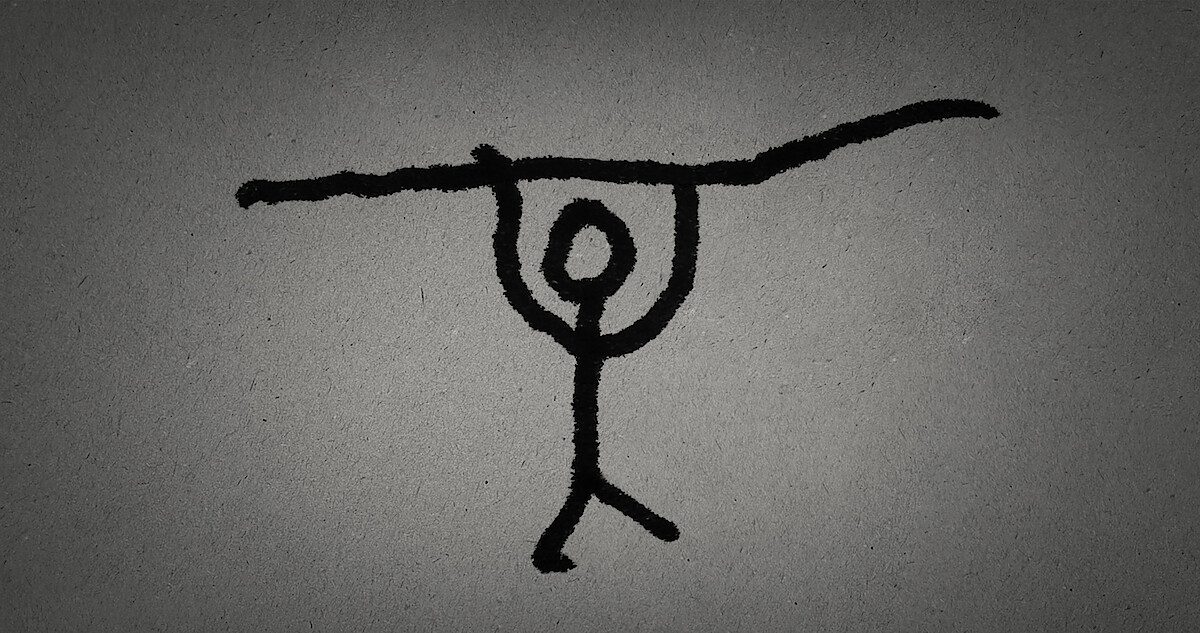
Loss Processing
Most people have a hard time processing loss and grief, even before the loss occurs. Stutz says there’s a potency in non-attachment — in other words, you should fearlessly pursue the things you want, but you should also teach yourself to be totally unafraid to let them go. Stutz says to imagine yourself hanging from a branch. What happens when you let go? In his Loss Processing visualization, the falling is gentle, and Stutz recommends visualizing your physical self falling onto the surface of the sun. Once you hit, your physical body (which Stutz refers to as your “instrument of possession”) disappears, absorbed by the sun’s tremendous energy. You’re then transformed into light — in other words, you’re everywhere and can expand as quickly as you want. Instead of grasping, all you can do is give.
To learn more about the Tools, watch Stutz on Netflix.






